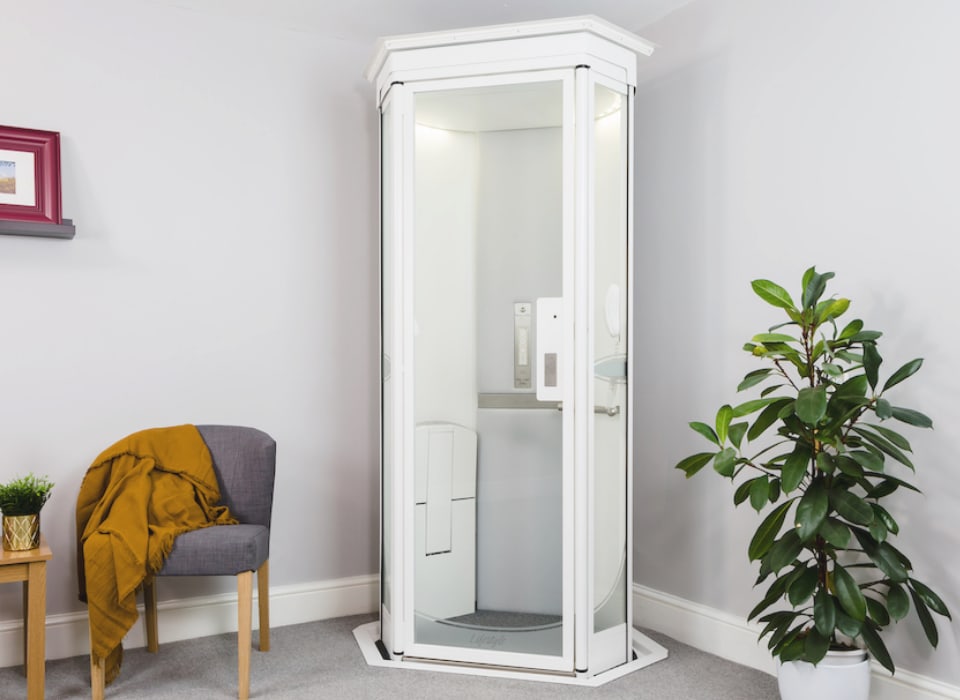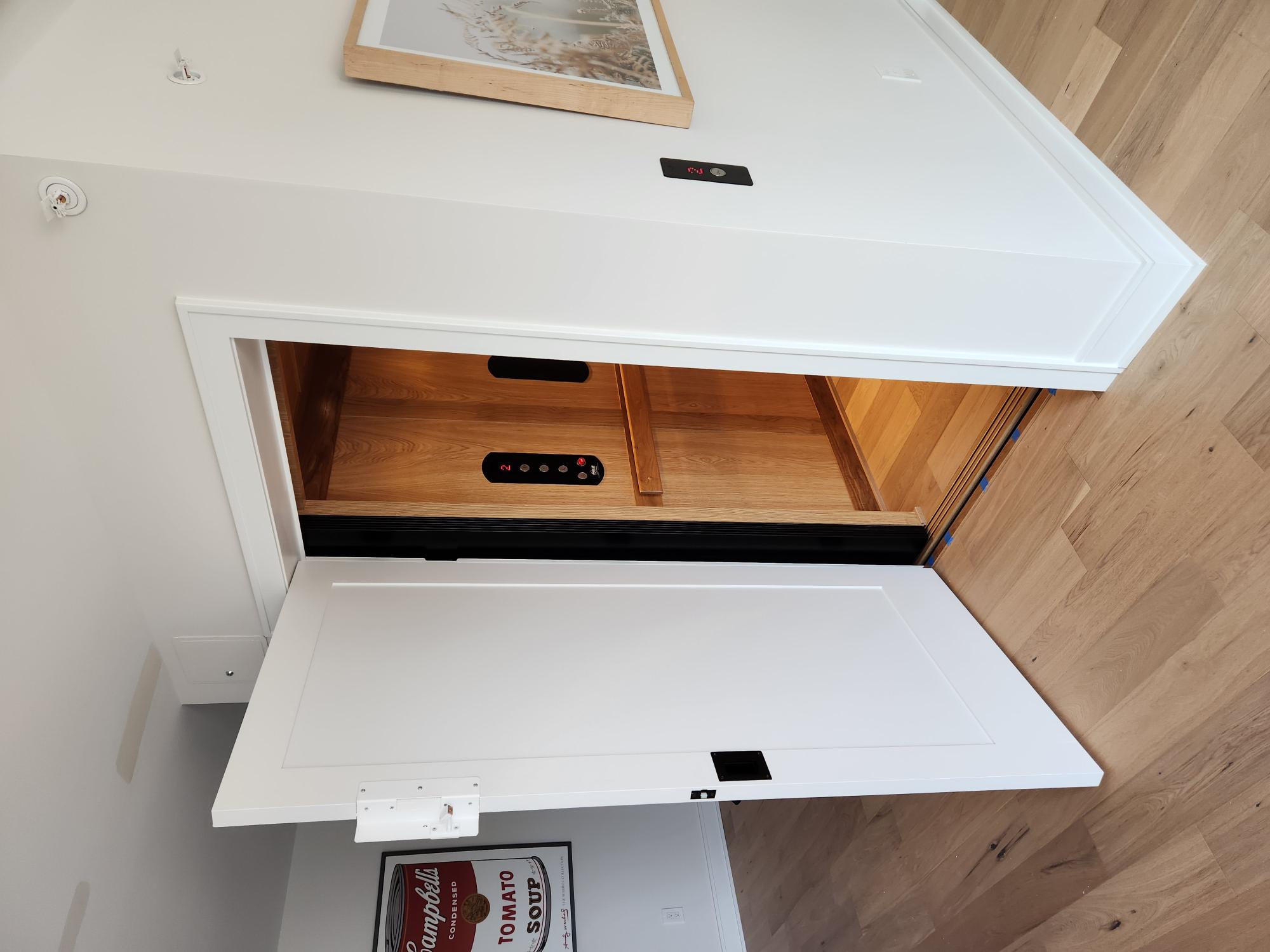Cost Effective Lift Repair Near Me: Professional Technicians at Your Solution
Exploring the Globe of Lifts: Common Concerns Dealt With by Different Lift Systems
As we browse with the vertical transportation systems of modern structures, lifts attract attention as a crucial component of our every day lives. Nevertheless, behind their smooth procedure exists a world of complex devices that can often come across obstacles. From hydraulic lifts to traction systems and machine-room-less styles, each lift kind comes with its set of typical concerns. Recognizing these challenges is important for making certain the smooth functioning of these important systems. Allow's check out the intricacies that underlie the operation of lifts and the prospective issues that can emerge, clarifying the detailed web of lift mechanisms.
Hydraulic Lifts
Hydraulic lifts, frequently preferred for low-rise buildings, use fluid pressure to control the activity of the elevator automobile (lift repair companies). This system entails a hydraulic pump pushing oil into a cylinder, causing the elevator to relocate the preferred instructions. While hydraulic elevators are understood for their smooth and silent operation, they do include their own collection of usual issues
One common issue with hydraulic elevators is oil leak. The seals in the hydraulic system can wear over time, resulting in oil seepage. If left unaddressed, this not just creates a mess but can likewise influence the lift's performance. Furthermore, issues with the control system, such as faulty valves or a malfunctioning pump, can trigger interruptions in the lift's motion.
Routine maintenance and timely repairs are important to guarantee the smooth functioning of hydraulic elevators. By addressing these typical issues proactively, building proprietors can decrease downtime and guarantee the security and efficiency of their upright transportation system.
Traction Elevators
When considering vertical transportation systems in buildings, one more usual type apart from hydraulic lifts is the grip lift. Grip elevators run using a system of ropes and weights that move the lift cars and truck by gripping onto the hoist ropes. This system enables smoother and faster vertical transport contrasted to hydraulic systems.
One of the common concerns dealt with by grip elevators is rope wear. The constant activity of the ropes within the grip system can lead to tear and put on gradually, possibly creating the elevator to breakdown or end up being hazardous for usage. Normal inspections and maintenance of the ropes are necessary to make certain the lift's correct functioning and security.
One more issue that traction lifts may experience is connected to the control system. Problems with the control system can bring about problems such as unpredictable motion, hold-ups in feedback times, or perhaps total closures. Routine testing and upkeep of the control system are crucial to avoid such concerns and guarantee the elevator's dependability.
Machine-Room-Less (MRL) Elevators

One of the essential parts of MRL elevators is the small gearless traction machine that is set up within the hoistway. This maker effectively drives the lift vehicle without the need for bulky equipment found in conventional grip lifts. In addition, MRL elevators usually use a weight system to balance the automobile, additional boosting their power effectiveness.
Despite their advantages, MRL lifts might deal with difficulties connected to maintenance and repair service as a result of the constrained area for tools installment. Availability for servicing elements within the shaft can be limited, calling for More Help specialized training for professionals. Proper maintenance timetables and routine inspections are vital to make certain the ongoing smooth procedure of MRL elevators.
Overloading and Weight Limitation Issues
Are lifts furnished to manage excess weight lots effectively and securely? Overwhelming and weight limitation concerns are vital concerns in elevator procedures. Lift manufacturers layout raises with details weight capacities to make certain guest safety and security and tools durability. Exceeding these weight limits can lead to numerous problems, consisting of mechanical failures, delays, and safety and security threats.
When elevators are overwhelmed, it puts too much strain on the motor, cable televisions, and various other elements, possibly causing malfunctions or break downs. If they identify excess weight, safety and security systems such as sensors and overload sensing units are in area to stop lifts from relocating. Furthermore, going beyond weight limits can result in increased power consumption and wear and tear on the lift system.
To alleviate overloading concerns, developing managers must prominently present weight restrictions in lifts and inform passengers on the relevance of sticking to these limitations - lift repair companies. Routine upkeep checks by certified technicians can also aid ensure that lifts are operating within safe weight parameters. By resolving overloading and weight limitation issues proactively, structure owners can enhance lift safety and effectiveness
Electric System Failures
Going beyond weight limits in elevators can not just lead to mechanical problems however additionally potentially add to electrical system failures within the lift infrastructure. Electrical system failures are a vital worry in lift procedure, as they can create unanticipated shutdowns, malfunctions, and even security threats. One common electric concern is the overheating of parts due to extreme existing flow triggered by overwhelming the elevator beyond its capability. This can result in harm to the electric motor, circuitry, or control systems, causing costly fixings and downtime.
Additionally, power surges or fluctuations in the electrical supply can also interfere with the elevator's operation, impacting its efficiency and safety and security. These electric disruptions can harm delicate lift elements such as control board, circuit boards, or sensors, causing system failures. Regular maintenance and evaluations are essential to recognize and address possible electrical concerns quickly, ensuring the secure and efficient procedure of elevator systems. By sticking to weight limits and conducting routine electric system checks, structure owners can reduce the danger click of electric failures in lifts.
Final Thought

Hydraulic lifts, frequently favored for low-rise buildings, make use of fluid stress to regulate the activity of the lift automobile.When thinking about upright transport systems in buildings, an additional usual kind apart from hydraulic elevators is the grip lift. Grip elevators run making use of a system of ropes and counterweights that relocate the elevator car by clutching onto the hoist ropes. Unlike typical elevators that require a separate maker space to house the devices, MRL elevators integrate many of the parts within the shaft, getting rid of the demand for a dedicated maker area.In verdict, elevators face usual problems such as hydraulic malfunctions, grip system failures, and electric system problems.